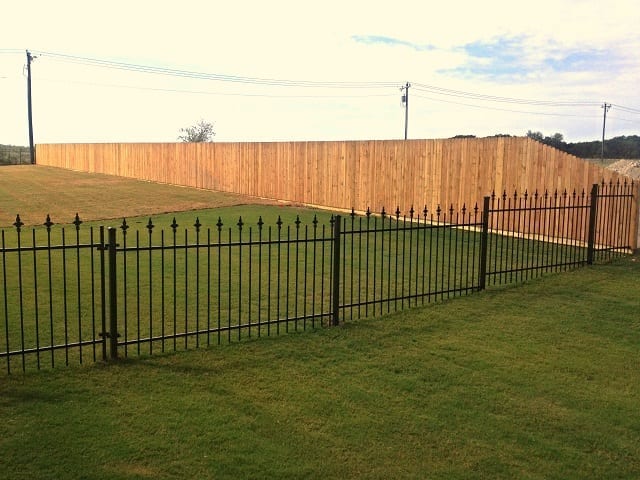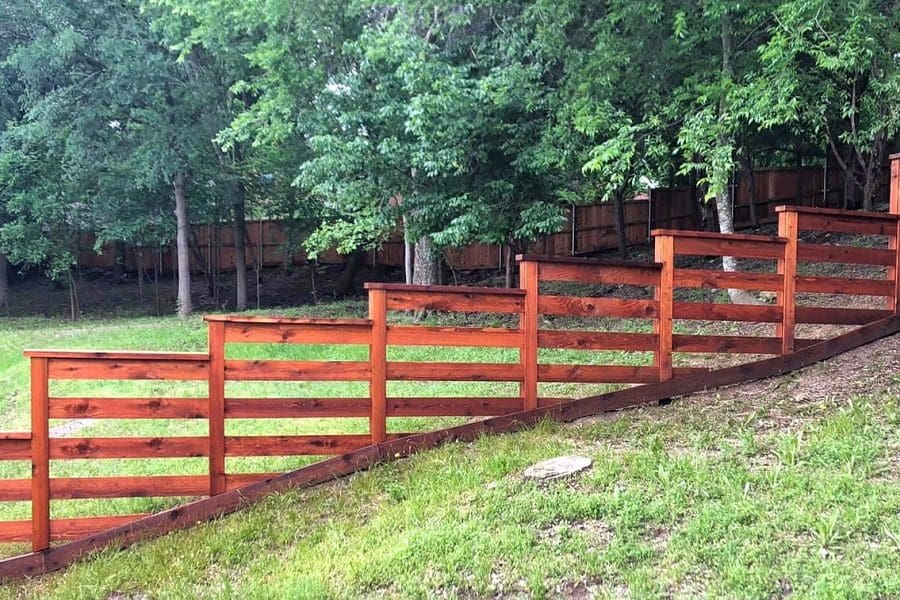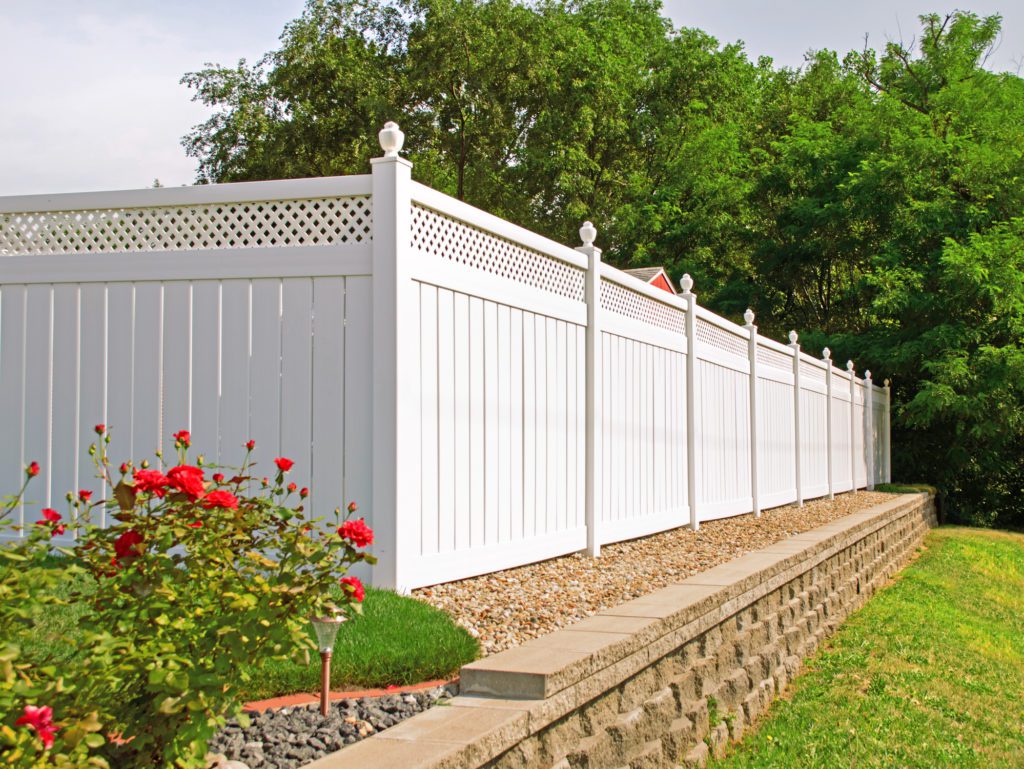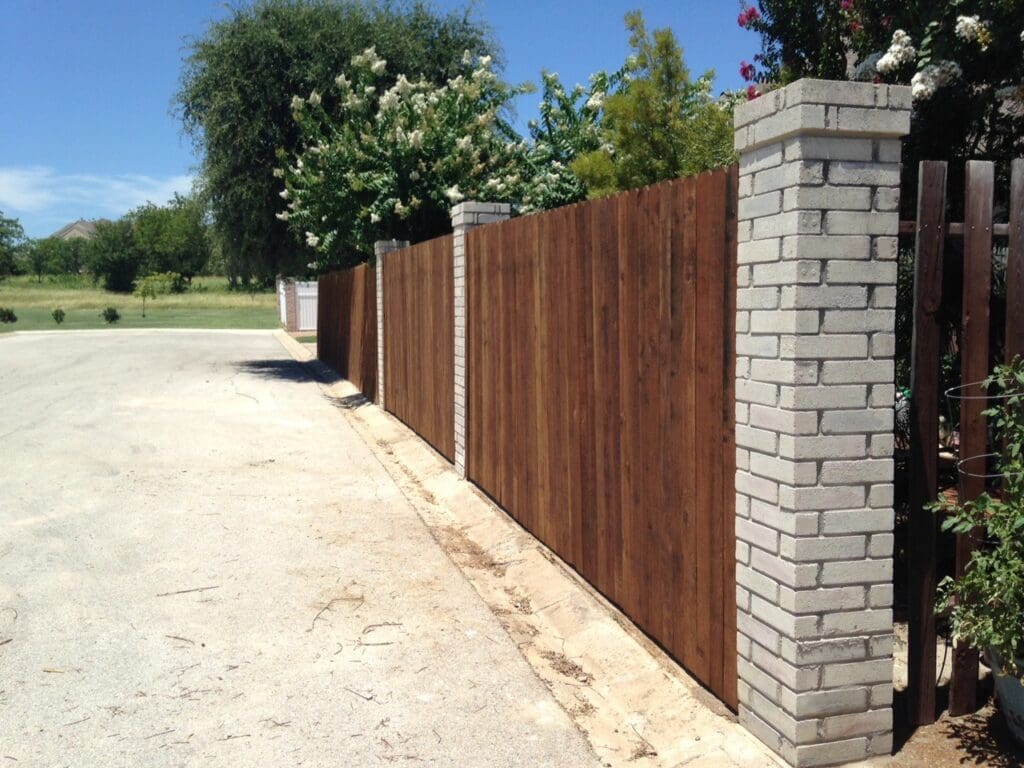Dallas Fence Regulations Explained!
A man’s home is his castle. And yes, a woman’s is, too. So why shouldn’t you build any kind of fence and other structures you want on your property? You paid for it, right?
However, folks’ creative fence dreams are often dashed by a slew of municipal restrictions. You might suspect these restrictions were created to harass the hardworking taxpayer and give the government a chance to fine you and have a good laugh at your expense.
But believe it or not, fence regulations have a purpose. Let’s look beyond the surface of some Dallas fence rules.
Four feet high in the front yard
“A fence permit is required to erect a fence or wall over four (4) feet in height in a required the front yard setback” (Okay, we know that’s not grammatically correct, but that’s what it says.)
Did Dallas hire a squad of fence aesthetics police? Do they want to make sure everybody sees your prized salvia flowers? That could be part of it. But there’s an even more important visibility issue. What if a driver comes careening down your street and your eight-foot front yard fence obscures his view of kids playing just around the corner? Yep, sounds like a good reason for a fence regulation.
Six feet in the backyard
“…or over six (6) feet in height when located elsewhere on the property.”
The truth is, if you build a fence that’s seven feet tall, probably nobody will notice. But if your neighbor decided to get out her yardstick and complain about your over-the-limit fence, you might be forced to tear it down.
Why does your neighbor care if your fence is seven or ten or thirty feet tall? Light, view and air flow. Your fence could cast so much shade on a neighbor’s vegetable bed that you ruin his tomato crop. Again, this regulation sounds sensible when you think about it.
Those of you who really want to reinforce your castles, beware. If you think you have a good case for building a really high fence, and decide to fight for a permit, you can also come up against this Dallas rule: “A fence over nine (9) feet in height is considered a structure and must be designed by a State of Texas registered Professional Engineer (Seal and signature required on plans). The fence must also meet setback requirements. Note: Will need Board approval; apply for a ‘Fence Height Special Exception.’” Sounds time-consuming and pricey.
Restricted material
“Barbed wire may not be used for fencing unless it is located 6 feet or more above grade and does not
project beyond the property line.”
Don’t intruders get what they deserve when they moronically scale your fence topped with barbed wire? Well, maybe. But what about that old lady who loses her balance and reaches out to steady herself on your three-foot tall front yard fence? You don’t want to cut up the hand of an old lady, do you? We sincerely hope not.
Flood plain exceptions
“Flood plain areas and special zoning areas called Planned Development Districts, Historic Districts and Conservation Districts may have unique requirements for fences.”
What’s so special about flood plains? Well, they flood. Your fence – even if it’s short – could potentially push water in an unwanted direction, and increase flooding or erosion to adjacent homes.
So there you have it: Dallas fence regulations demystified. If you have other questions about fences, or are ready to have a new, built-to-code fence installed on your property, give us a buzz today.






